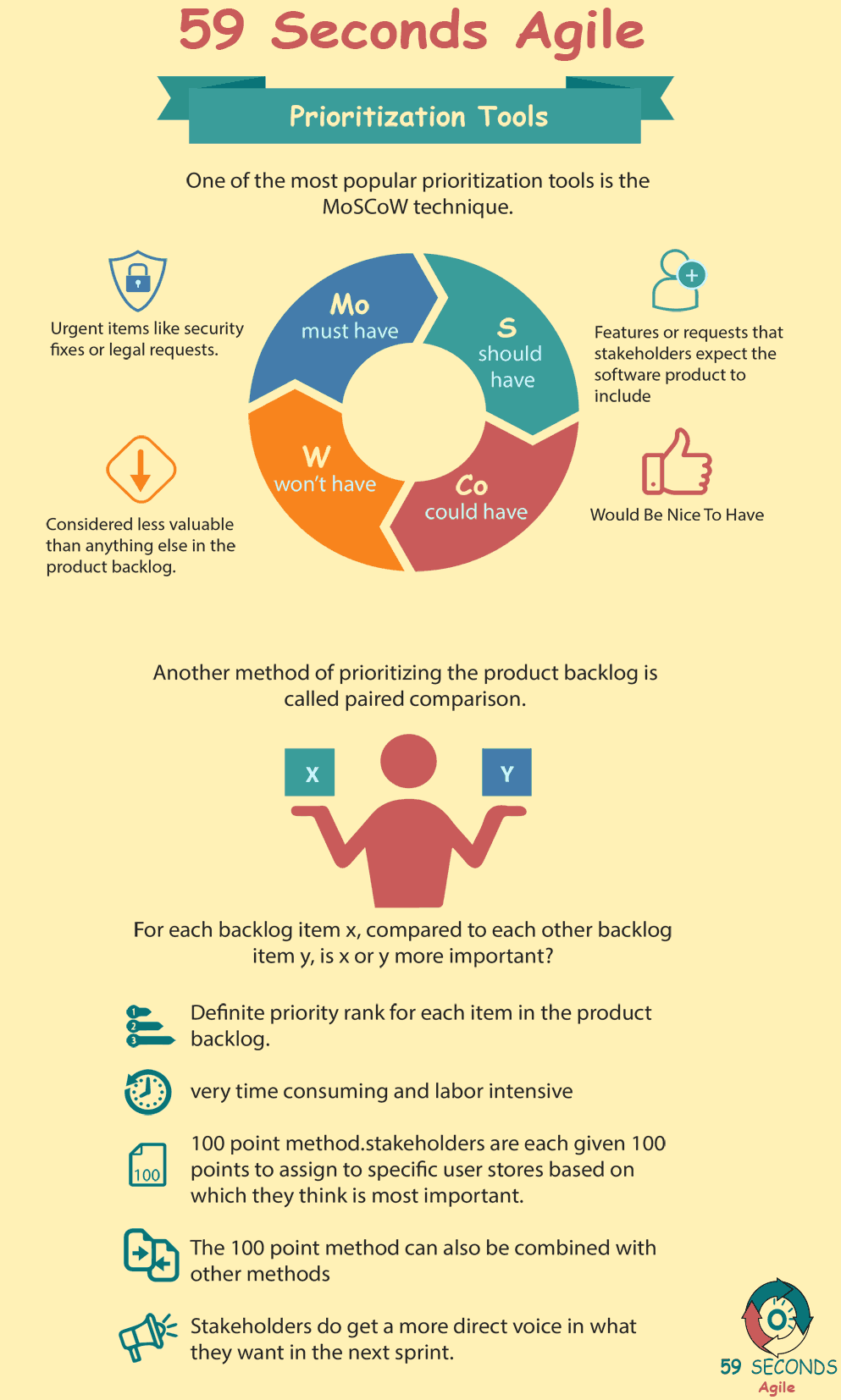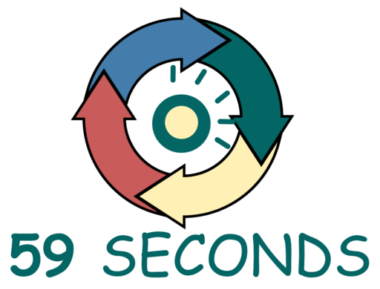
Product Backlog Prioritisation for Scrum Masters
The product backlog is a key element of Agile software development. It facilitates a development environment that creates valuable features and products for stakeholders. However, the product backlog only works as intended if the items in the backlog are prioritized appropriately. This responsibility falls on the Scrum Master, and there are numerous factors that go into the decision of item priority.
What is the Product Backlog?
The product backlog is a list of bugs and product feature requests for a project. It serves as a collection of work items for the Scrum team to complete. Before each sprint, the Scrum Team moves some items from the product backlog to the sprint backlog, as a formal statement on what the Scrum team will be working on for the following sprint.
This list is prioritized with the most important and valuable items higher on the list. The Product Owner is in charge of setting the priority of items in the product backlog and is assisted by the Scrum Master. They adjust the priorities as the product evolves or stakeholder priorities change. Each item in the product backlog is analyzed for its value to stakeholders, risk and uncertainty, and dependencies on other items.
Items in the product backlog are usually in the form of user stories. By populating the backlog with user stories, each item describes a feature without addressing all of the technical details. Writing up details for a feature that may never materialize is a waste of time and effort. By postponing the specifications until user stories are deemed valuable enough to work on, the Scrum team only fills out details for items that will ultimately be developed.

What is the Product Backlog?
Bug fixes are prioritized along with new development because both require time and resources. Because developers of the Scrum team are responsible for fixing their own problems and avoiding the buildup of technical debt, they must allocate time for correcting errors. To ensure proper distribution of time, these errors must be included in the product backlog.
Priority Factors
To give the most value possible to stakeholders, the Scrum Master must rank the items of the product backlog by priority. Several different factors go into determining this priority level. By examining each backlog item, the Product Owner can move the item to the appropriate position in the product backlog.
Our Favourite Agile Books
We found these books great for finding out more information on Agile Scrum:
The first priority factor of a backlog item is its value to stakeholders. Value can come from a number of sources. Features that improve workflow, increase the efficiency for stakeholders or reduce their waste. These all indicate value. Stakeholders may prioritize one of these over the other and therefore may get more value from that specific type of feature. The Product Owner must work closely with stakeholders to understand what the stakeholders need.
In any project, there is a risk. In software development, the risk is defined as an uncertainty that could affect the development project. Risks are things that could happen but have not happened yet. When risks come to pass, they become issues. The duty of the Scrum Master is to reduce the risks of a project and assist the scrum team in planning how to deal with them if they become issues.

